John Sturges
John Sturges was one of the last of Hollywood's old-time action directors, whose triumphs at the box office confounded critics who tried to dismiss him as a "technical."
Sturges' pictures included "Bad Day at Black Rock," "Gunfight at the OK Corral," "The Old Man and the Sea" and "The Magnificent Seven."
Sturges, whose best known-films involved groups of troubled men relentlessly pursuing a single objective, had a varied career in motion pictures, first as an editor, then as a producer and finally as a director of documentaries and features.
A headline over a 1975 Times interview with Sturges read: "Making a Mint by Keeping It Simple." It was a fair summation of a man who likened pictures to "a chattel mortgage" financed by bankers or other sources of wealth. And, he noted, the difference between an amateur and professional director is that the professional "finishes the film," paying off the mortgage.
The burly, straight-talking filmmaker had little patience with those in his craft who fashioned themselves "artists." "A director," he said in the interview, "is a doer."
And he eschewed making films about "quarrels between roommates." Although he allowed that contemporary family dramas and comedies had been controlling the film market for some time in the 1960s and 1970s, he said audiences were returning to pictures with a "strong approach."
Born in Oak Park, Ill., and educated at Marin Junior College near San Rafael in Northern California, Sturges began work in pictures in the blueprint and editing departments at RKO-Radio Pictures in 1932. He became an assistant designer on the early Technicolor films and then a production assistant to David O. Selznick. After Army Air Corps service in World War II, during which he directed more than 40 documentaries, he directed the feature films "The Man Who Dared" and "Shadowed" in 1946.
He quickly developed a flair for adventure pictures, highlighted by "Bad Day at Black Rock" in 1955. In it, Spencer Tracy played a one-armed stranger who in a 24-hour period solved the slaying of a Japanese farmer while subduing the small-town xenophobes who had covered it up.
Pauline Kael called the film, which earned Sturges an Academy Award nomination, "a very superior example of motion picture craftsmanship."
In most of Sturges' work, which culminated in "The Eagle Has Landed," the 1976 war spy melodrama starring Michael Caine and Donald Sutherland, women play a minimal role. Among male actors, however, he was credited with launching or notably advancing the careers of such stars as Steve McQueen ("The Great Escape" and "The Magnificent Seven"), James Coburn ("The Magnificent Seven"), Charles Bronson ("The Great Escape"), Lee Marvin ("Bad Day at Black Rock") and Ernest Borgnine ("Bad Day at Black Rock.")
Most were simple, direct films with plots that could be summarized in a few words.
His pictures, he said simply, were to explain "why our side won."
Related stars
|
|
Points of interest
Academy Awards
| Year | Category | Work | |
|---|---|---|---|
| 1955 | Best Director | Bad Day at Black Rock | Nomination |
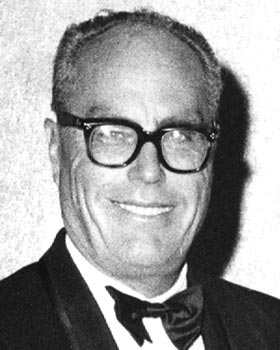
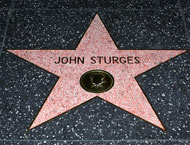
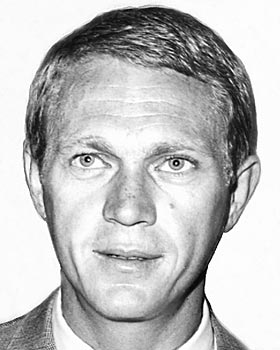

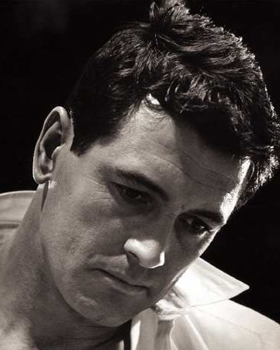
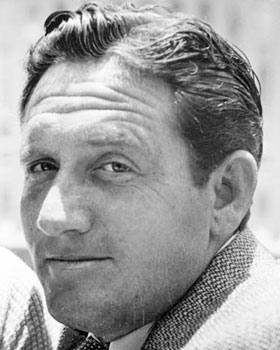
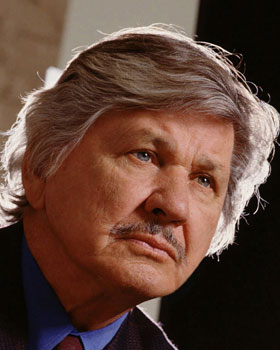
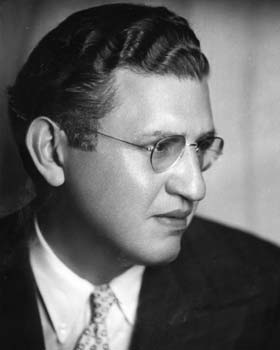
Share a thought about John Sturges